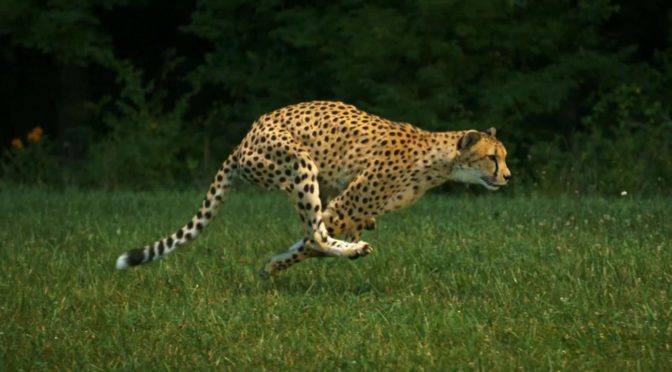The cheetah, renowned as the fastest land animal on Earth, epitomizes speed like no other creature. While we often hear of its unparalleled velocity, a question that frequently arises is: how fast can a cheetah actually run? Across various sources, speeds ranging from 96 to 120 kilometers per hour (60 to 75 miles per hour) …
Category Archives: Planet Earth
What Makes Yellowstone’s Colors?
Yellowstone National Park, renowned for its geysers, also astonishes visitors with the vibrant colors accompanying these thermal features. Gazing upon these landscapes, one is treated to a visual feast of yellows, oranges, reds, and greens in the flowing hot water, the lining of hot pools, and even in the steam which can appear tinged with …
Rogue Waves: A Comprehensive Guide to Oceans’ Terrific Giants
Rogue waves, reported by the sailors at least since the 19th century, long dismissed as nautical folklore, have emerged as a serious oceanic phenomenon. These towering, unpredictable waves have captivated sailors’ tales and puzzled scientists for centuries. Once considered mere myths, recent evidence has revealed their real and formidable presence, challenging our understanding of ocean …
Continue reading “Rogue Waves: A Comprehensive Guide to Oceans’ Terrific Giants”
10 Bizarre Places Where Life Thrives on Earth
The Earth is the only planet we know of that can support life in the cold, vast space. It seems we’re extremely lucky because our planet has a lot of unique characteristics that make life possible on it. But, interestingly, it also seems “where life can evolve, it will”. From the scorching heat of volcanic …
Continue reading “10 Bizarre Places Where Life Thrives on Earth”
What Makes Life on Earth Possible? [10 Crucial Factors]
Amidst the vast, frigid expanse of space, Earth shines as a unique cradle of life. This blue gem has harbored life for over 3.5 billion years and, barring unforeseen catastrophes, promises to continue for billions more. But, what makes life on earth possible? Explore the 10 key elements that make our planet a haven for …
Continue reading “What Makes Life on Earth Possible? [10 Crucial Factors]”
What causes the moon’s phases? [Explained]
The phases of the Moon are determined by the changing angles of the Sun, Moon, and Earth, not by the Earth’s shadow, which only causes lunar eclipses. Like the Earth, the moon is only half-lit by the Sun at any time. We see it from different angles at different times, that’s how moon phases occur.
Can Alligators and Crocodiles Mate? Understanding Their Evolutionary Paths
Alligators and crocodiles are often mistaken for one another due to their apparent physical similarities. However, appearances can be deceiving. These reptiles, though looking similar to us, belong to different families and have evolved separately for millions of years.
From Red to Blue: Micro and Macro Evolution Explained
Evolution works through a process akin to a color spectrum gradually shifting from red to blue, where minute changes accumulate over time to result in significant transformations. This concept offers a vivid understanding of micro-evolution, characterized by small and subtle adjustments that are almost imperceptible on their own. Over extended periods, these incremental changes lead …
Continue reading “From Red to Blue: Micro and Macro Evolution Explained”
10 Recently Lost Natural Wonders
The Earth is an ever-changing canvas, boasting a plethora of natural wonders that have captivated humans for generations. From expansive coral reefs teeming with life to awe-inspiring volcanoes that seem to touch the sky, these marvels remind us of the beauty and complexity of our planet. However, not all wonders stand the test of time. …
Why Elephants are not Smarter than Humans, Despite Having Bigger Brains? [Explained]
Despite their larger brains, elephants and whales, while exhibiting significant intelligence, do not reach the cognitive levels of humans, whose brains are comparatively smaller. This paradoxical scenario underscores the complexity of measuring intelligence solely by brain size. In this exploration, we delve into why the larger brains of these majestic animals do not necessarily confer …








